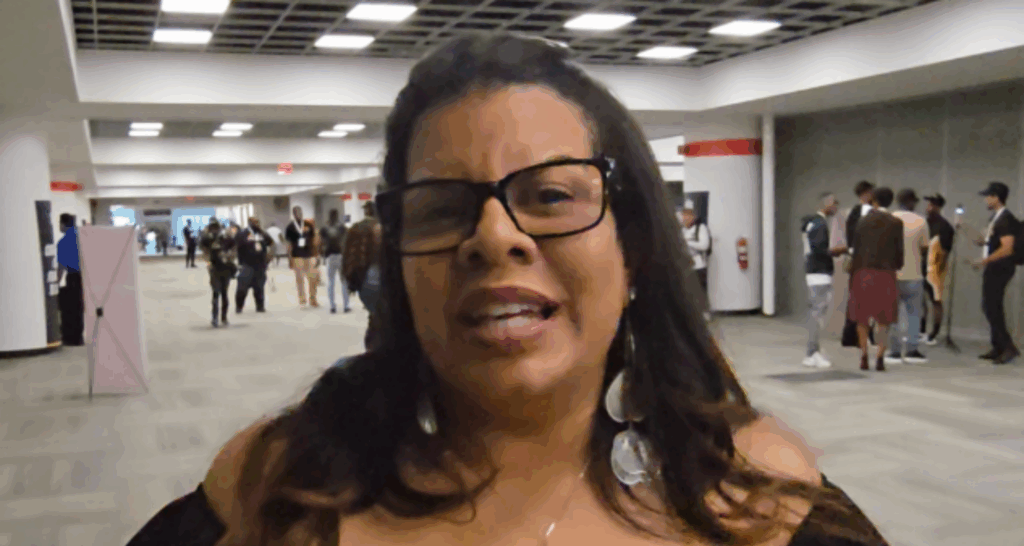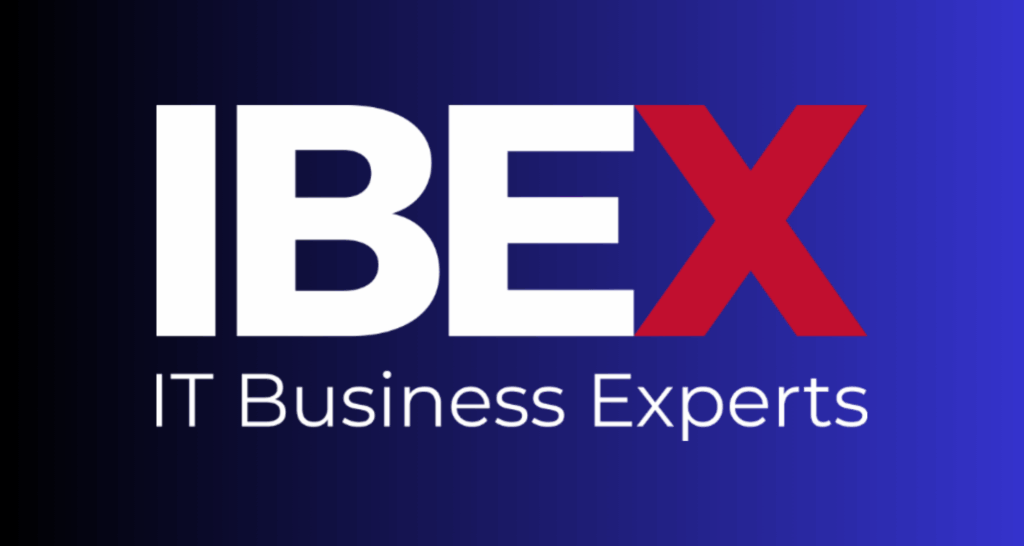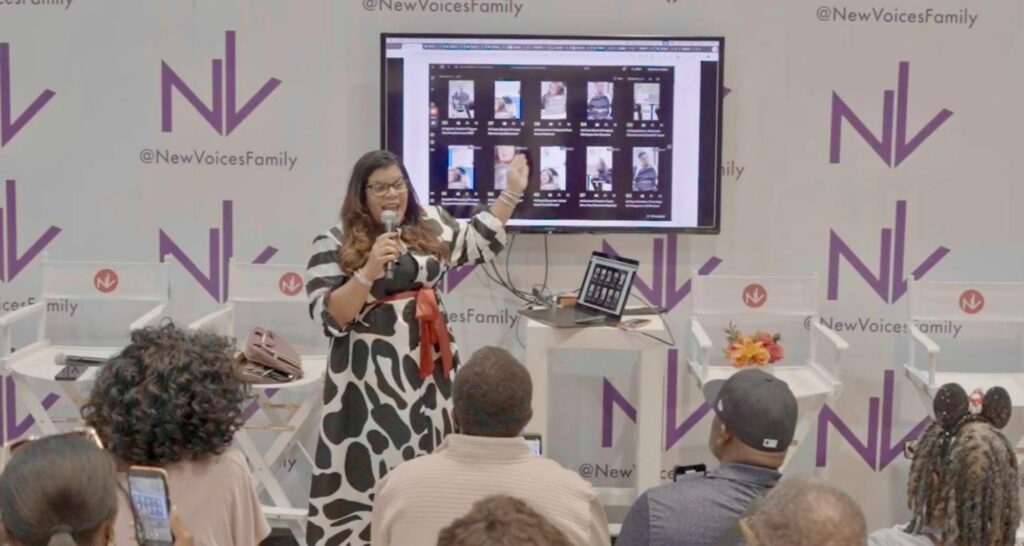Bridging the Employer-Employee Gap: Why Businesses Must Act Now
Something has shifted in the workplace. Employees today expect more than just a paycheck—they want growth, flexibility, and purpose. But many businesses still operate under outdated assumptions, leading to misalignment between leadership and employees.
The result? Rising disengagement, turnover, and lost productivity. The numbers say it all:
- 3.8% of the U.S. workforce leaves their job each month, mostly due to dissatisfaction.
- 62.3% of employees report job satisfaction, which doesn’t mean they’re engaged.
- 79% of business leaders know workplace change is needed, yet many fail to take action.
When businesses fail to meet employee expectations, they lose more than just workers—they lose momentum, innovation, and long-term success.
Why Disengagement Is More Dangerous Than Turnover
Most leaders focus on hiring and retention, assuming that keeping employees is enough. But a disengaged workforce is just as damaging as a high turnover rate—if not worse. When employees check out mentally, the effects ripple across the entire organization.
1. Leadership Moves from Strategy to Damage Control
When employees feel unheard, frustration grows, and leadership often misreads the root cause—blaming workers instead of addressing underlying issues. This results in:
- Short-term fixes that don’t solve long-term problems
- Eroding trust between employees and management
- A cycle of hiring without tackling engagement
2. Workplace Culture Begins to Unravel
Low engagement doesn’t just affect individual performance—it shapes the entire work environment. Over time, teams experience:
- Declining morale and reduced collaboration
- Burnout among employees who pick up the slack
- A weaker company identity makes it harder to attract top talent
3. Innovation and Growth Slow Down
When people aren’t invested in their work, creativity suffers. A disengaged team leads to:
- Fewer fresh ideas or problem-solving initiatives
- Slower decision-making and resistance to change
- A drop in customer satisfaction due to lower service quality
Disengagement doesn’t happen overnight. But reversing it is far harder than preventing it once it sets in.
What’s Causing the Employer-Employee Gap?
This disconnect isn’t random—it’s driven by workplace shifts that many organizations have yet to adapt to.
1. Employees Expect More Than Just a Paycheck
A steady income isn’t enough to keep today’s workforce engaged. People want careers, not just jobs. That means:
- Opportunities for growth and skill development
- Work-life balance that respects their time
- A culture where they feel valued, not just another cog in the machine
Without these, even well-paid employees start looking elsewhere.
2. Communication Breakdowns Create Uncertainty
Many workers feel out of the loop—disconnected from company goals and decision-making. Poor communication leads to:
- Confusion about expectations and priorities
- Minimal feedback, leaving employees unsure of their progress
- A sense of detachment that fosters frustration
3. Outdated Tools and Processes Slow Productivity
Many teams struggle with inefficient workflows and rigid structures. In fact, 78% of employees introduce their own tech tools just to stay productive. When work is harder than it should be, engagement suffers. Signs of this include:
- Slow, outdated systems that create unnecessary roadblocks
- Manual tasks that could be automated, wasting valuable time
- Rigid workplace policies that stifle efficiency and flexibility
Failing to adapt to these modern workplace needs creates frustration that fuels disengagement and turnover.
How Businesses Can Close the Employer-Employee Gap
Understanding the problem is only half the battle. The real challenge is turning insight into action. Many companies acknowledge disengagement, but few know how to fix it in a way that creates lasting change.
Fixing the employer-employee gap isn’t about quick perks or reactive policies—it’s about redesigning how companies engage with their workforce. This requires a shift in how organizations approach leadership, career growth, communication, and workplace culture.
Here’s how forward-thinking businesses are closing the gap and developing cultures where employees are inspired to stay and thrive:
1. Make Career Growth a Built-In Feature of the Workplace
Employees today don’t want to “wait their turn” for career advancement—they expect a clear, structured path for growth. Businesses that make development a priority are creating:
✔ Defined career tracks—Employees know exactly what skills and experience they need to advance.
✔ Personalized learning programs—AI-driven training tools help employees upskill in ways that contribute to their career goals
✔ Internal mobility initiatives—Teams encourage cross-functional movement so employees can explore different roles without leaving the company.
📌 Why this matters: Growth isn’t just about promotions—it’s about helping employees see a meaningful future within the organization.
2. Shift from Passive to Proactive Leadership
A great workplace isn’t just about good management—it’s about leaders who actively foster engagement and collaboration. Businesses that excel at this are:
✔ Turning managers into mentors—Leadership isn’t about oversight; it’s about guidance, coaching, and support.
✔ Creating real-time feedback loops—Instead of annual performance reviews, employees receive ongoing, constructive input.
✔ Encouraging leadership visibility—Leaders actively engage with teams, hold Q&A sessions, and stay involved in day-to-day discussions.
📌 Why this matters: When leadership is accessible and engaged, employees feel valued and heard—not just managed.
3. Modernizing Workflows for a Frictionless Employee Experience
The best workplaces make it easy for employees to do their best work. Companies leading the way are:
✔ Eliminating unnecessary manual tasks—AI-powered automation frees up employees for high-value work.
✔ Using adaptive workplace technology—Smart tools help employees work the way that suits them best.
✔ Prioritizing flexibility over rigid structures—Hybrid models focus on results, not just hours worked.
📌 Why this matters: When processes are designed around people, employees are more productive, efficient, and satisfied with their work.
4. Designing Workplaces That Enable, Not Restrict
Instead of enforcing rigid policies, the best workplaces empower employees to take ownership of their work. Companies doing this successfully are:
✔ Encouraging autonomy—Employees have the flexibility to make decisions that impact their work.
✔ Building trust-based cultures—Rather than micromanaging, leadership focuses on outcomes and support.
✔ Using predictive analytics to drive engagement—AI-powered workforce insights help businesses anticipate disengagement before it happens.
📌 Why this matters: People thrive when they feel trusted, empowered, and supported—not just supervised.
Businesses That Close the Gap Will Thrive
The employer-employee gap isn’t just a workplace issue—it’s a business-defining challenge. Companies that close this gap will attract top talent, drive innovation, and create teams that are truly invested in success.
But those that ignore it? They’ll continue to struggle with high turnover, low morale, and declining performance.
The future belongs to businesses that listen, adapt, and evolve. The real question isn’t whether change is needed—it’s whether your company is ready to make it happen.




